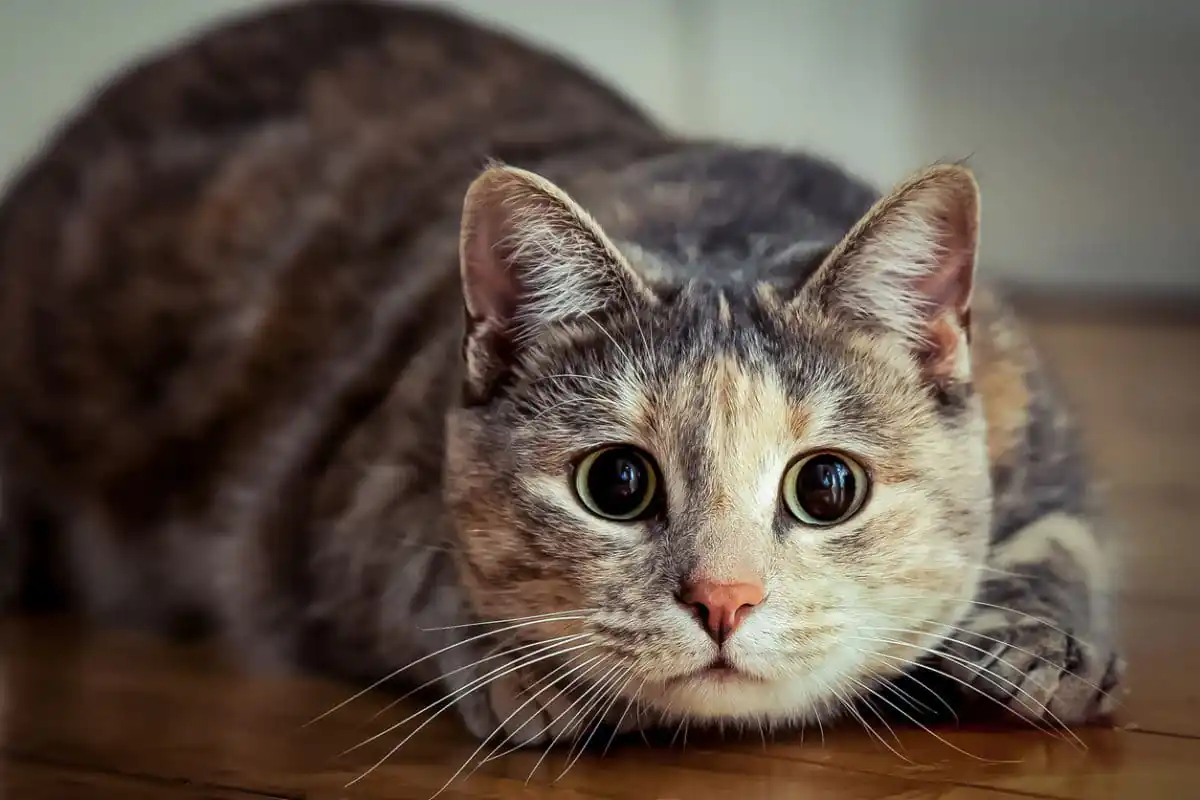It’s a fact, cats communicate with their humans. But do they also talk to each other? If yes, by what means? We tell you everything!
Compared to dogs, communication in cats manifests itself in a more subtle way, due in particular to their smaller size but also to their faster movements. It is therefore necessary to be particularly attentive to the slightest signal regarding our feline friends.
Gestural communication
A cat’s body posture says a lot about its mood and intentions. Thus, if a cat approaches another cat with the high, slightly curved tailslender body and ears pointing forward, this means that he is in a friendly mood and feels comfortable. And if he goes so far as to show his belly to the feline in front of him, it’s a great sign of confidence. Indeed, the stomach is the most vulnerable part of a cat’s body since it houses most of the vital organs.
Two cats can also rub against each otherparticularly at the nose, head, sides or tail. This is then the sign of real affection.
Conversely, if a cat feels uncomfortable in front of another cat, or even threatened, it will tend to round its body, squat, tuck its tail, look away and direct its ears towards the cat. ‘back.
Visual communication
Communication in cats also involves looking. Indeed, the dilation of the pupils can provide valuable clues to its peers about a cat’s state of mind. For example, dilated pupils may indicate a state of excitement or fear.

But one of the most obvious signals is blinking. So, if a cat looks at another cat and blinks slowly, it means it is receptive to a possible approach. It’s a bit like a friendly way of saying hello in cat language.
La communication olfactive
But cats can also communicate with each other via signals that escape us. Indeed, they are great fans of “chemical communication”. This means thatthey deposit odorous pheromones (noticeable to cats, not to us humans who only have a modest sense of smell) on objects on which they rub or urinate. These olfactory traces mainly allow them to mark their territory.
Note that, during physical contact with each other, cats also exchange pheromones, and therefore odors.
Oral communication
Finally, the last known means of communication of our feline friends is vocalization. The latter can be expressed in several ways: meows, purrs, coos, grunts, hisses…
However, even though it is quite easy to know when a cat vocalizes whether it is happy or angry, it is important to note that felines tend to use this mode of communication only with humans. Indeed, it is rare for cats to communicate with each other via sounds. This can happen, of course, but it is not the mode of communication they favor with their peers.


